All Features
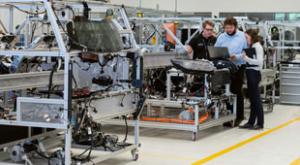
Sarah Burlingame
There is more to lean manufacturing than improving a few processes. Sustainable lean success requires a companywide culture of continuous daily improvement. Companies that develop their people to think scientifically, using facts and data to drive their decisions, are often the ones that most…

Michaël Bikard, Keyvan Vakili, Florenta Teodoridis
Collaboration has become an important feature of various industries, particularly when it comes to creative work. This comes amid growing interest in nonhierarchical structures with autonomous teams and the increasing prevalence of open innovation.
The benefits of collaboration—be it leveraging…

Bryan Christiansen
The U.S. utility industry, a cornerstone of modern infrastructure, is undergoing a significant transformation. Recent trends, primarily the shift toward renewable energy, are reflected in the sector’s changing statistics.
Strategic asset management in the utility sector is essential for…
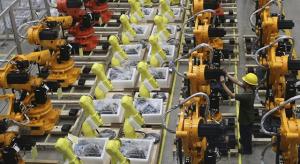
Rachel Gordon
The manufacturing industry (largely) welcomed artificial intelligence with open arms. Less of the dull, dirty, and dangerous? Say no more. Planning for mechanical assemblies still requires more than scratching out some sketches, of course—it’s a complex conundrum that means dealing with arbitrary…

Sue Via
Research shows that during times of economic uncertainty, companies that find a balance between reducing the resources they need to survive and investing in key areas for growth will fare better through a recession and beyond. It’s a nuanced approach that involves playing offense and defense at the…
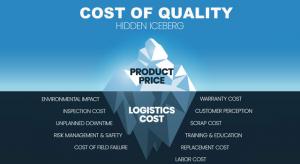
Brian Brooks
Manufacturers spend too much on quality issues. Some issues they are blind to, some are due to poor detection, and some are the costs incurred when issues escape to a customer.
It seems like in recent years the challenges have been great in both magnitude and quantity—supply chain turmoil, global…

Bhushan Avsatthi
The very nature of healthcare construction and its specific infrastructural and functional needs pose significant challenges to the architectural, engineering, and construction (AEC) sector. Crucial hospital spaces such as operation theaters and critical care centers need fail-proof connections to…
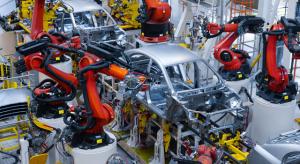
William A. Levinson
Corrective action and preventive action (CAPA) is probably the most important process in any quality management system because so much else depends on it. This includes not only its traditional role as a response to defects, nonconformances, customer complaints, and audit findings, but also outputs…

Megan Wallin-Kerth
Founded in 2012, GoFormz is a uniquely flexible documentation platform for professionals in all industries—and a long-awaited solution for those chasing lean efficiency without sacrificing quality.
What does that mean? Well, unlike using a fillable PDF or Adobe document, GoFormz is an online…

Stephanie Ojeda
Corrective and preventive action (CAPA) is a core function in any quality management system (QMS), and a critical piece in the plan-do-check-act process approach. Like any quality process, tracking CAPA key performance indicators (KPIs) is crucial to continuous improvement.
It’s also a focus of…

Gleb Tsipursky
After firing half its workforce, Twitter is already asking many to come back. Indeed, research from McKinsey finds that even as recession fears grow, 40 percent of workers plan to quit their jobs. And a survey from Greenhouse, a New York-based hiring software provider, finds that 57 percent of 1,…

Maria Guadalupe, Bryan Ng
Soft skills, the behavioral and social traits that enable individuals to work harmoniously with one another, aren’t just nice to have. They’re essential for the growth of a nation.
In France, 60 percent of employers consider soft skills, such as the ability to organize, adapt, and work in teams,…
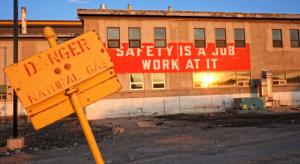
Jake Mazulewicz
A technician spills a toxic chemical. She isn’t injured but easily could have been. The hazmat cleanup costs more than $10,000 and shuts down a critical building for a week.
An electrical engineer flips the wrong switch in a substation control room. He isn’t injured. But within seconds, a $50,000…

William A. Levinson
‘You see, but you do not observe,” Sherlock Holmes told Dr. Watson in Sir Arthur Conan Doyle’s (1891) A Scandal in Bohemia. Taiichi Ohno, who developed Henry Ford’s lean production system into the Toyota Production System, told managers to stand in a circle on the shop floor and observe everything…

Jeetu Patel
In recent years, pretty much every assumption about how, where, and when we work has been upended. But I believe we’re still at just the beginning of a revolution in hybrid work.
Today, there’s a clear opportunity for organizations to step into the next wave of working, supported by even better…

Mark Rosenthal
Once again I’m going through old files. Looking back at my notes from 2005, I believe I was thinking about nailing these points to a church door somewhere in the company. That actually isn’t a bad analogy because I was advocating a pretty dramatic shift in the role of the kaizen workshop leaders.…

Adam Grant
Even before the pandemic, burnout was labeled as an epidemic. It’s the persistent work-related stress that’s exhausting and impairing. In the U.S., more than half of employees feel burned out at least some of the time, and it can lead to what has recently been termed “quiet quitting”—reduced…

Laurie Flynn
AStanford Medicine-led study has found that borrowing certain billing- and insurance-related procedures from other countries could lead to policies that drastically lower healthcare costs in the U.S.
The new study, published in the August edition of Health Affairs, compares costs of healthcare…
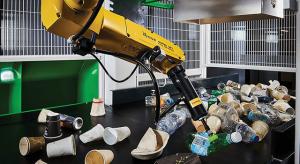
Bruce Hamilton
I responded recently to a LinkedIn post regarding AI-assisted robotic recycling. The sorting speed is so fast, we almost miss each sort in the blink of an eye. Having observed this same activity attempted by humans—and overlooking the upstream potential to avoid this kind of recycling mess at the…

Abdul Salam
Water is the most essential resource for life, for both humans and the crops we consume. Around the world, agriculture accounts for 70 percent of all freshwater use.
I study computers and information technology in the Purdue Polytechnic Institute, and direct Purdue’s Environmental Networking…

Gene Kaschak
Many manufacturers that adopted lean principles by applying a “just-in-time” (JIT) mindset to inventory of materials and parts have been burned, sometimes badly, by cascading supply chain disruptions. Broken links in the supply chain have created havoc, especially for smaller manufacturers.
Some…

OpusWorks
Over two days, engage in eight unique best practice sessions with 11 process improvement and thought leaders at S.O.A.R. 2022, OpusWorks’ annual virtual conference.
Designed to present highly actionable information and game-changing strategies from highly experienced and inspiring human beings, S.O…
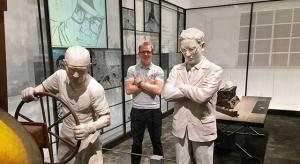
Harish Jose
In today’s column, I’m looking at the Ohno Circle in light of German philosopher Martin Heidegger’s ideas. I’ll try to stay away from the neologisms used by Heidegger and will only scratch the surface of his deep insights.
One of the best explanations of the Ohno Circle comes from one of Taiichi…

Del Williams
In industry, gas-fired boilers have been the standard for decades to produce steam and heat process water. However, not all boilers are created equal in terms of safety. By definition, combustion-fueled boilers can emit harmful vapors, leak gas, and even cause explosions and fires.
In a recent…

David L. Chandler
Virtually all wind turbines, which produce more than 5 percent of the world’s electricity, are controlled as if they were individual, freestanding units. In fact, the vast majority are part of larger wind farm installations involving dozens or even hundreds of turbines whose wakes can affect each…